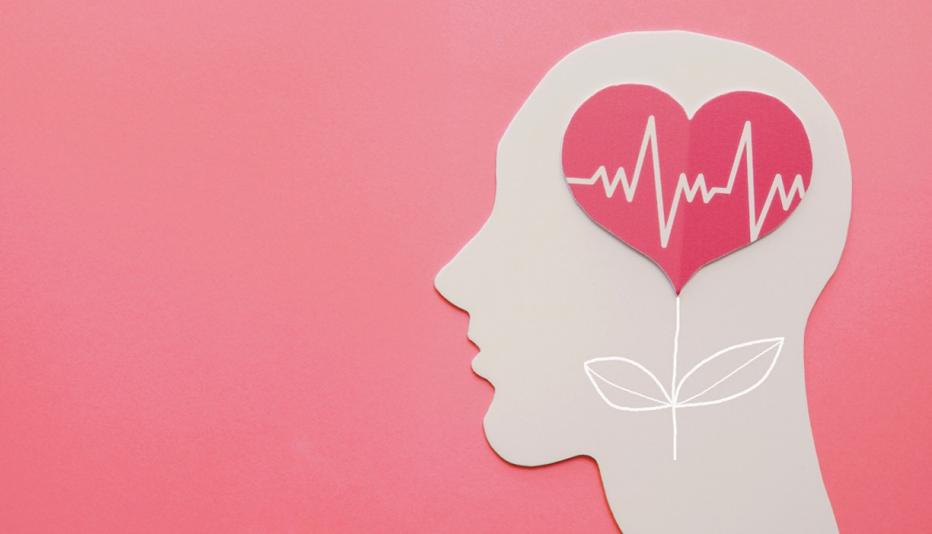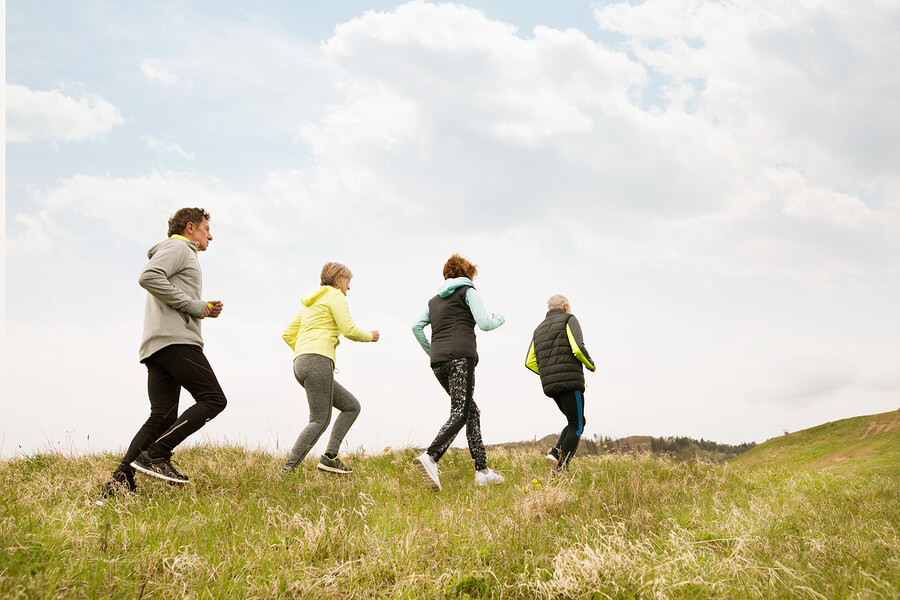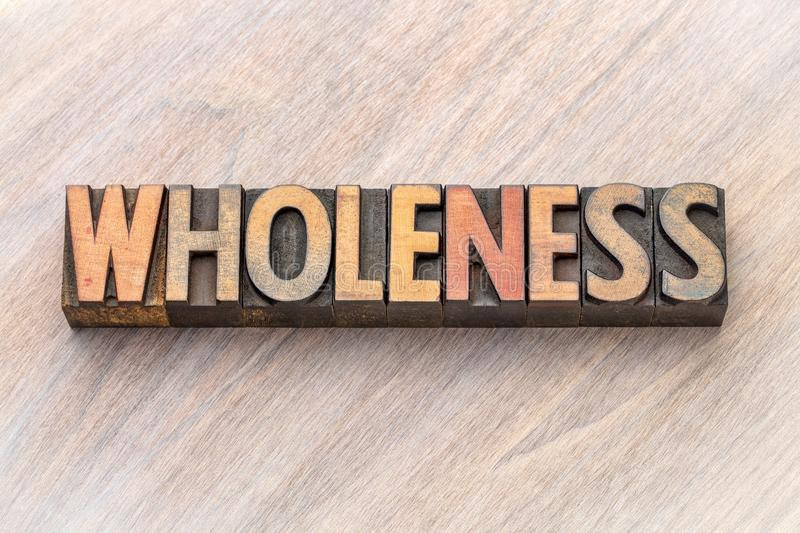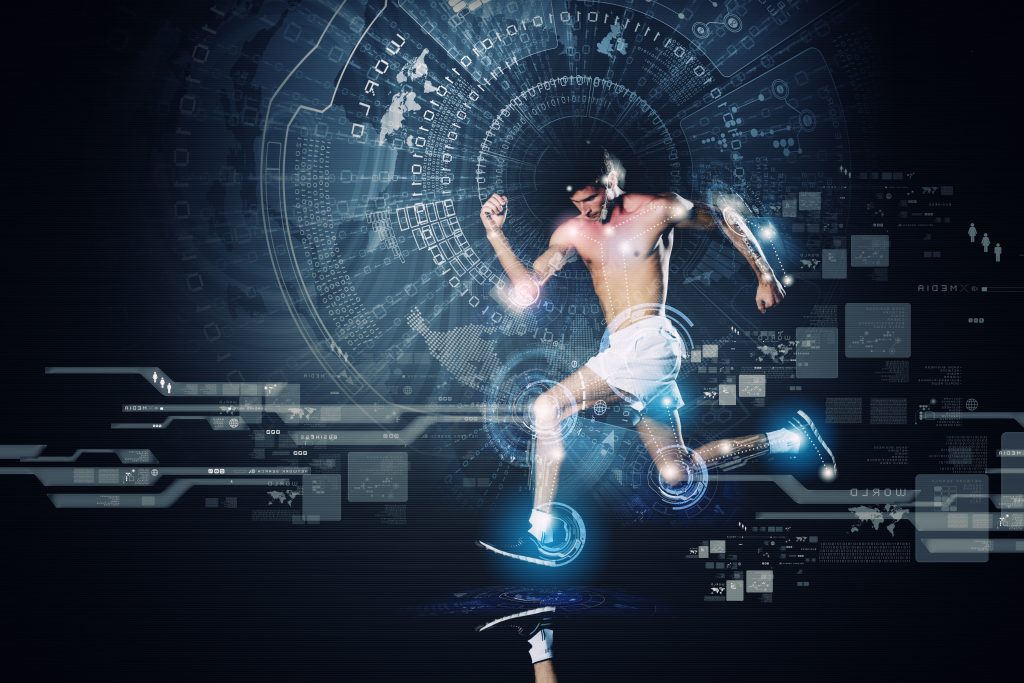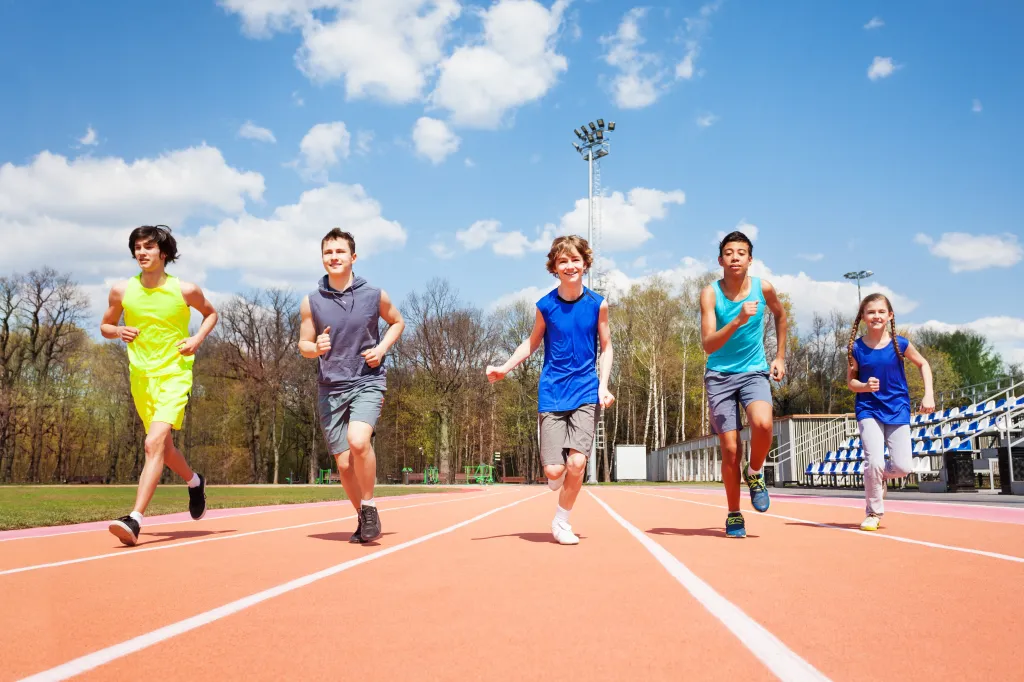
We’re raising a generation of kids who can swipe before they can skip.
Who sit more than they sprint.
Who spend more time in organized sport than in unstructured play.
And now we’re seeing the results—
More injuries. More anxiety. Less coordination. And fewer kids who actually know how to move.
This is what I call the Youth Movement Crisis—and it’s real.
At Aruka, we’re on a mission to change that.
Not by making kids do more reps or play more games, but by helping them build the foundation they were never taught: movement skill.
🚨 What’s Really Happening
Here’s the trend I’ve seen over and over again in youth sports and development:
- Kids specialize too early
- They’re over-scheduled but under-developed
- They train hard but move poorly
- They’re strong in the weight room but dysfunctional on the field
- They’re competitive but uncoordinated
And because of it, we’re seeing:
- Higher ACL tear rates in teens
- Rising rates of burnout by age 13
- Increased postural dysfunctions
- Decreased agility, balance, and rhythm
- Psychological stress and performance anxiety
- A generation with low Movement IQ
⚠️ Why Sport Alone Isn’t Enough
Just because a kid plays a sport doesn’t mean they’re building the right foundation.
Most sports reward repeated patterns, not total-body development.
And when kids skip key developmental windows to chase wins or rankings, their movement literacy suffers.
Here’s the hard truth:
A 12-year-old who can shoot a basketball but can’t skip, hop, or catch with rhythm is at risk.
A 15-year-old with 200 pounds on the squat bar but no frontal plane control is at risk.
A high school athlete who can perform drills but not react or adapt to chaos is at risk.
And “more sports” won’t fix that.
Movement skill development will.
🧠 What Kids Really Need
They need the Movement Skills for Life:
- Balance
- Walk
- Run
- Sprint
- Jump
- Skip
- Hop
- Shuffle/Slide
- Throw
- Catch
- Strike
- Kick
These are not just physical actions—they’re neurological pathways that build coordination, confidence, and control.
Without them, kids struggle to:
- Control their bodies
- Avoid injury
- React to external stimulus
- Process coaching cues
- Compete with freedom and creativity
🧱 How Aruka Rebuilds the Foundation
We don’t just train young athletes—we teach them how to move.
Our youth model includes:
- Movement IQ Screens to assess coordination, symmetry, and skill gaps
- Neuroplasticity-focused drills to improve rhythm, reaction, and timing
- Athletic Neurogenics to develop the brain-body connection early
- Multi-plane strength and movement work
- Age-appropriate skill progressions for lifelong movement fluency
We focus on competency before complexity.
Because a kid who can move well can handle anything—sport, growth, pressure, or injury.
💥 The Results Speak for Themselves
I’ve watched:
- Middle school athletes eliminate chronic knee pain through movement correction
- Teenage baseball players improve throwing mechanics by retraining movement sequencing
- Young soccer players prevent ACL issues through coordinated strength + plyo integration
- Multi-sport kids avoid burnout and overuse by balancing movement and skill development
And here’s the best part:
They don’t just get better at sports—they fall in love with movement.
That’s the goal.
Not just better athletes—better movers, better thinkers, and better humans.
🛠️ What We Offer Parents and Coaches
Through Aruka, we provide:
- Movement IQ Screens for youth
- MyPlans customized for skill development
- Return-to-Play protocols for post-injury restoration
- Coordination Series designed to reawaken basic movement skills
- Parent education and coach support tools to reinforce the process at home and in practice
This isn’t about competing harder—it’s about developing smarter.
👣 Let’s Restore the Path Forward
Let me be clear: I love sport.
I believe in its power to shape character, discipline, and resilience.
But without a movement foundation, sport can become the problem instead of the solution.
Our kids don’t need more pressure.
They need more movement literacy.
They need more unstructured play.
They need more coaching that teaches the body—not just the scoreboard.
That’s the Aruka difference.
And that’s how we end the Youth Movement Crisis—one skill at a time.
—Coach J
Kent Johnston
